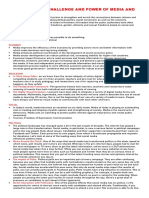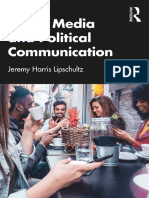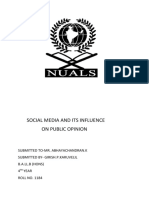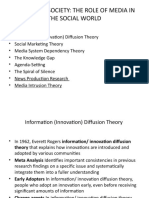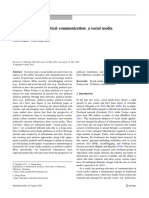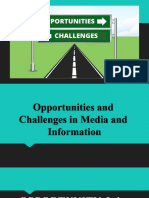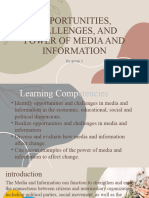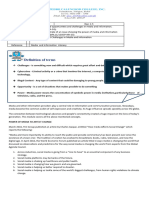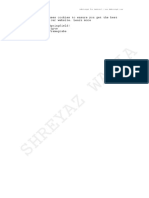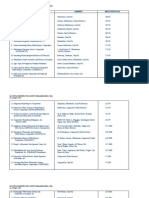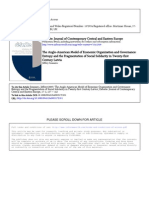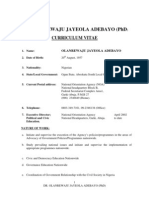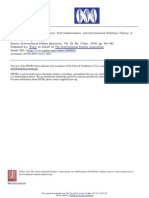0% found this document useful (0 votes)
3 views10 pagesModule IV
The document discusses the impact of digital media on public policy through various theoretical frameworks, including Agenda-Setting, Framing, Public Sphere, Network Society, and Diffusion of Innovations. It highlights how digital platforms influence public opinion, facilitate two-way communication, and enable rapid mobilization around policy issues. Examples such as #BlackLivesMatter and Universal Basic Income illustrate the practical applications of these theories in shaping public discourse and policy decisions.
Uploaded by
ShreyazCopyright
© © All Rights Reserved
We take content rights seriously. If you suspect this is your content, claim it here.
Available Formats
Download as PPTX, PDF, TXT or read online on Scribd
0% found this document useful (0 votes)
3 views10 pagesModule IV
The document discusses the impact of digital media on public policy through various theoretical frameworks, including Agenda-Setting, Framing, Public Sphere, Network Society, and Diffusion of Innovations. It highlights how digital platforms influence public opinion, facilitate two-way communication, and enable rapid mobilization around policy issues. Examples such as #BlackLivesMatter and Universal Basic Income illustrate the practical applications of these theories in shaping public discourse and policy decisions.
Uploaded by
ShreyazCopyright
© © All Rights Reserved
We take content rights seriously. If you suspect this is your content, claim it here.
Available Formats
Download as PPTX, PDF, TXT or read online on Scribd
/ 10





